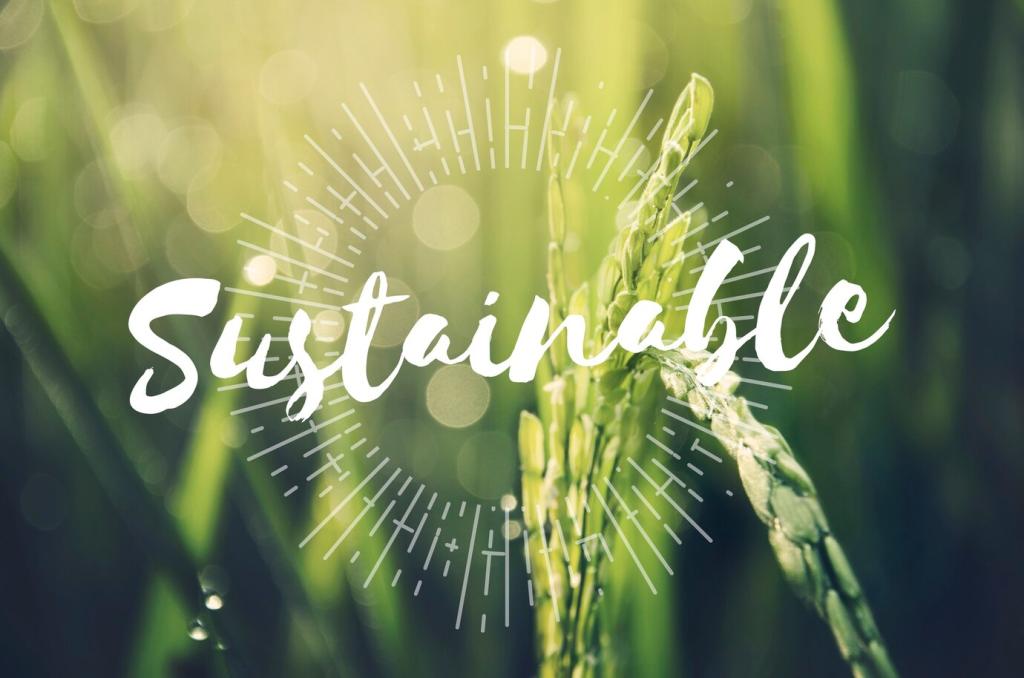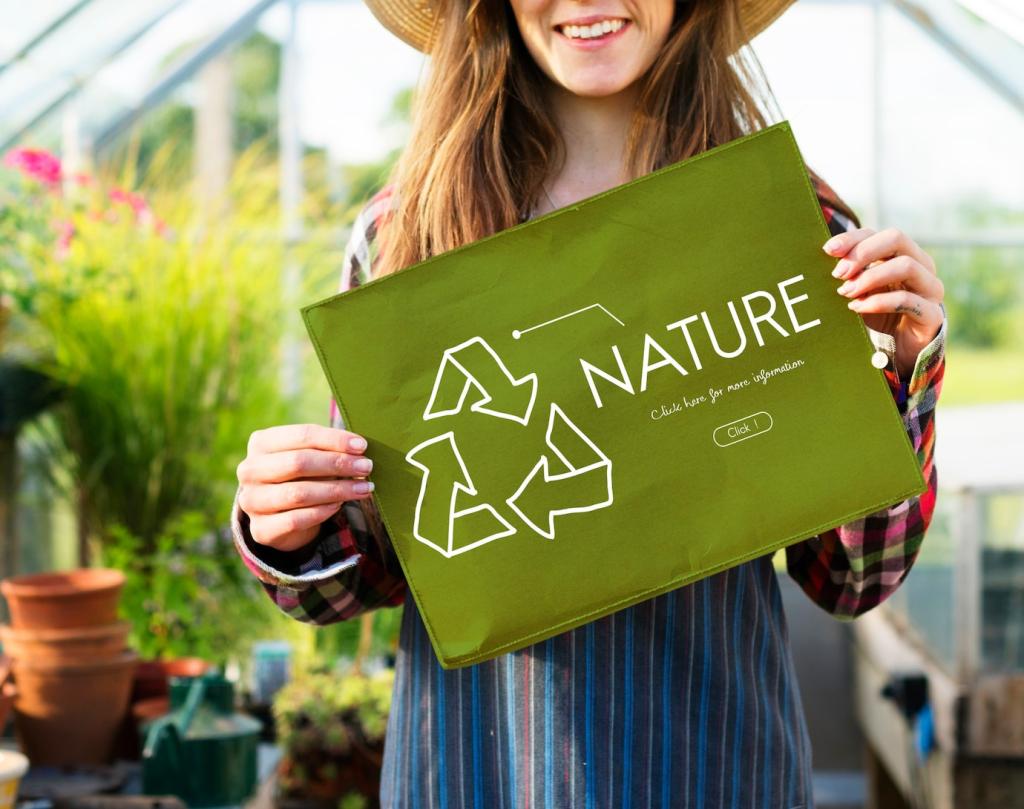
Eco-Friendly Building Materials for Interiors: Build Beauty, Breathe Easy
Chosen theme: Eco-Friendly Building Materials for Interiors. Step into a home that feels as good as it looks—healthy finishes, renewable surfaces, and honest materials that tell a better story. Subscribe for weekly guides and share your questions in the comments!



Smart Wood Choices: Bamboo, Cork, and Reclaimed Timber
Bamboo grows rapidly and, when strand-woven with low-emitting adhesives, rivals hardwood for durability. Look for FSC certification and third-party emissions testing. Ask suppliers about urea-formaldehyde content, and always verify finishes are water-based or oil-wax blends with documented VOC data.
Smart Wood Choices: Bamboo, Cork, and Reclaimed Timber
Harvested from bark without cutting down the tree, cork flooring cushions steps, insulates sound, and regulates temperature. It is ideal for bedrooms and home offices. Seal with low-VOC finishes to protect against moisture and keep the warm, matte glow intact for years.


Finishes and Paints That Respect Your Lungs
Look for GREENGUARD Gold or similar certifications, and always check the VOC numbers for both base and colorants. Modern low-VOC formulas deliver strong coverage and scrubbability. Ventilate well, use high-quality rollers, and test a small patch before committing to full rooms.
Finishes and Paints That Respect Your Lungs
Linseed, tung, and hardwax oils penetrate wood, enhancing grain while remaining breathable. They develop a warm patina and are spot-repairable. Apply in thin coats, buff between applications, and avoid harsh cleaners. Your dining table will age gracefully, not chemically.
Finishes and Paints That Respect Your Lungs
Adhesives can be sneaky VOC sources. Choose water-based formulations with transparent Safety Data Sheets and verified emissions tests. For tile, wood, and trim, ask for low-VOC or solvent-free lines. A few careful product swaps can dramatically improve indoor air quality.

Insulation and Acoustic Comfort, Naturally
Hemp batts and dense-pack cellulose offer excellent sound dampening and stable thermal performance. They use renewable or recycled feedstocks and can be installed with minimal off-gassing. Verify fire retardants are non-toxic and compatible with your chosen drywall or wood cladding system.

Labels, Budgets, and Maintenance: Making It Stick
Decoding certifications without the headache
Prioritize FSC for wood, FloorScore or GREENGUARD for flooring and finishes, and Cradle to Cradle or EPDs for life-cycle transparency. Avoid vague claims like “eco-friendly” without data. Bookmark this checklist and comment with labels you find confusing—we will help clarify.

